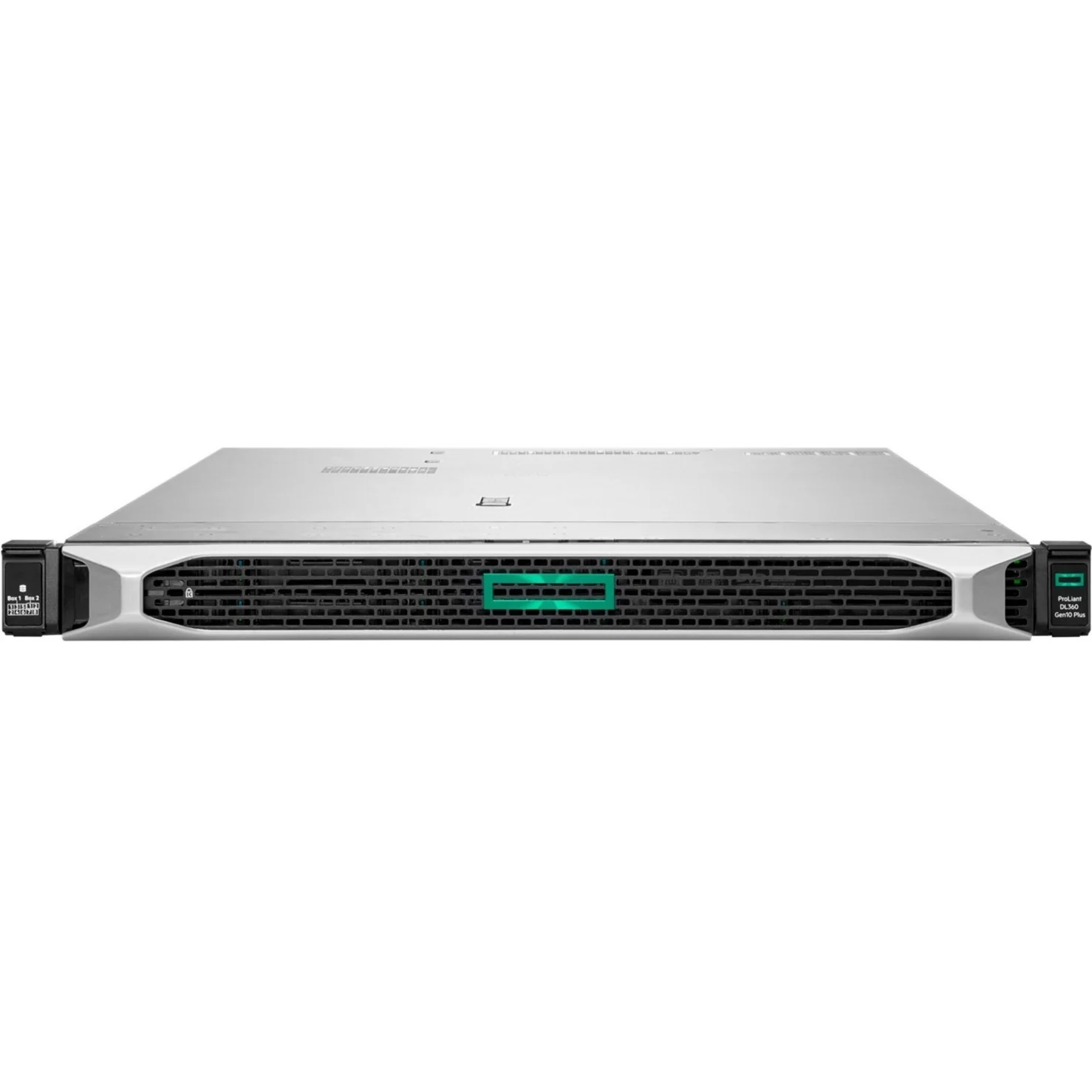ddr5 memory
DDR5 memory represents the latest evolution in RAM technology, delivering unprecedented performance and efficiency for modern computing systems. As the successor to DDR4, DDR5 introduces significant improvements in data transfer speeds, starting at 4800 MT/s and potentially reaching up to 8400 MT/s. This revolutionary memory technology incorporates enhanced features such as same-bank refresh, dual-channel architecture, and improved error correction capabilities. The memory modules operate at lower voltages, typically 1.1V compared to DDR4's 1.2V, resulting in reduced power consumption while delivering superior performance. DDR5's architecture includes two independent 32-bit channels per module, effectively doubling the efficient bandwidth compared to its predecessor. The technology also introduces on-die ECC (Error Correction Code) and decision feedback equalization, ensuring data integrity and stability at higher speeds. These advancements make DDR5 particularly suitable for data-intensive applications, high-performance computing, artificial intelligence, and next-generation gaming systems. The increased capacity per die allows for higher-density modules, supporting up to 512GB per module in server applications.


